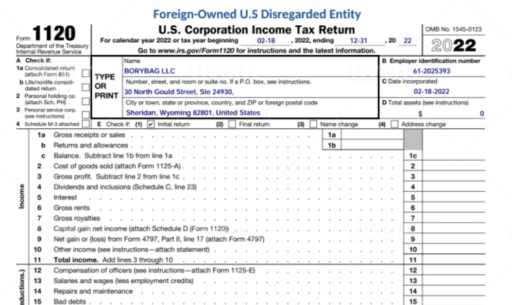What is a QBI deduction?
Qualified business income (QBI) deductions are one of the most talked about changes of the 2017 Tax Reform. This new tax break allows individuals and some estates and trusts who own pass-through entities—partnerships, LLCs, S Corporations and sole proprietorships—to deduct 20% of their QBI from their taxable income. QBI deductions are allowed as both a standard and itemized deduction.
According to the IRS, qualified business income is the net amount of income, gain, deduction and loss from any qualified trade or business that is effectively connected with a US trade or business.
What is not eligible for QBI deductions?
You cannot use income from corporations or a partnership, or employee compensation in this deduction. Furthermore, capital gains and losses, certain dividends and interest income are not qualified business income.
Most businesses qualify for the QBI deduction except for those classified as a “specified service trade or business” (SSTB). SSTBs include those in the field of health, law, accounting, consulting, performing arts, financial services and other businesses where the principal asset is the reputation or skill of one or more of its employees. However, engineering and architectural firms can make QBI deductions. They do not classify as an SSTB.
What are the limitations of the QBI deduction?
Just like other tax credits and deductions, there may be a limit on the amount of QBI deduction. This limitation depends on the taxpayer’s taxable income before QBI deduction. For example, limitations apply within a phase-out range. That range is $315,000 – $415,000 for married filing jointly and $157,500 – $207,500 for all other filers.
Factors affecting such phase-out ranges include the following:
- Amount of W2 wages paid with respect to qualified trade or business
- Unadjusted basis of qualified property held by trade or business
How do you compute QBI deduction?
At or below threshold
If the taxpayer’s taxable income before QBI deduction is at or below phase-out threshold ($315,000 for MFJ and $157,500 for others), the above limitations do not apply. In this case, you compute QBI deduction as the lesser of the following:
- 20% of the taxpayers qualified business income plus 20% of the taxpayer’s qualified real estate investment trust (REIT) dividends and qualified publicly traded partnership (PTP) income
- 20% of the taxpayer’s taxable income minus net capital gains
Above threshold
If the taxpayer’s taxable income before QBI deduction is at or above phase-out ceiling ($415,000 for MFJ and $207,500 for others), specified service trade or businesses (SSTBs) cannot take any deduction. Non-service businesses’ QBI deduction is the lesser of:
- 20% of the taxpayer’s qualified business income with respect to qualified trade or business (initial deduction)
- The greater of (wages limitation):
- 50% of the W2 wages with respect to the qualified trade or business, or
- The sum of:
- 25% of wages; plus
- 50% unadjusted basis of qualified business properties
Within threshold
The complication comes in if the taxpayer’s taxable income before QBI deduction is within the phase-out range.
For non-service businesses, the QBI deduction is computed as the lesser of:
- 20% of the taxpayer’s taxable income minus net capital gains
- 20% of QBI reduced by the phase-out amount. Phase-out amount equals phase-out percentage multiplied by the excess amount (difference between 20% of QBI and wages limitation).
For SSTBs, you compute QBI deduction the same way as the non-service businesses. The exception is that business net income, wages and depreciable assets must be phased out first. Then, you can compute 20% of QBI and wages limitation.






